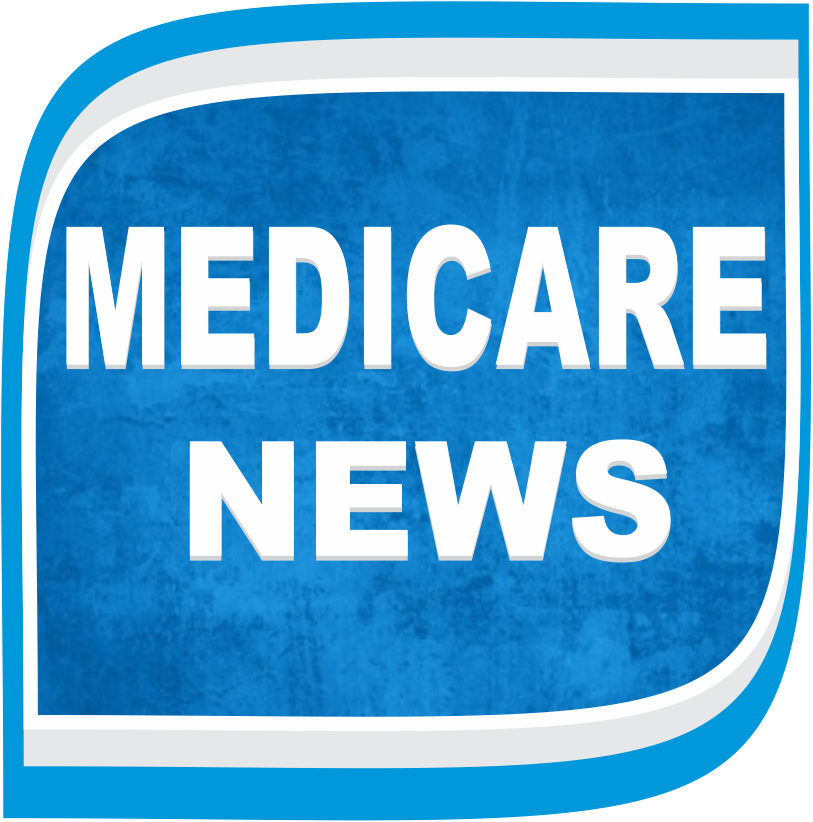By Yogesh Mudras, MD, UBM India.
The Indian pharma economy has witnessed rapid growth in recent decades and is known as one of the global pharma hubs, ranking fourth in the world in generics and contributing 20% of the global generic drug exports with Brazil, China, Mexico and Russia being the other key players. Lower research and development (R&D) costs, governmental and fiscal initiatives supporting the sector, streamlined development procedures, and the fact that it is 50-60% cheaper than the U.S. or Europe in terms of drug production are some of its USPs.
Side by side, its growth has boosted the pharma packaging industry as well. Notwithstanding the view that packaging adds to environmental pollution, the packaging domain on the whole has managed to turn the tide in its favour as it extends the freshness, vitality and shelf life of pharma products, ensures optimal condition upon delivery, and utilises the on-pack content to educate consumers on the efficacy of the product.
The global markets today are flooded with fake medicines, posing a perilous threat to the industry and patients alike. It tarnishes the goodwill of the pharma companies who are unaware about the counterfeits making their way to their supply chain system. In such a scenario, innovations in pharma packaging can come to the rescue. Its track & trace technology, for instance, plays a crucial role at stopping counterfeit medicines from reaching end consumers, and ensuring that the products are easily tracked and identified.
An electronic pedigree in the form of an auditable electronic record is used nowadays to track and trace drugs as they move from the manufacturing unit to the end users. The problem of counterfeiting is also addressed as data is recorded and shared at each and every point in the supply chain.
Another solution to the counterfeit challenge is ’serialisation‘ that involves printing a unique serial number on every product, in addition to details such as batch number, shelf life and Global Trade Item Number (GTIN). Many regulatory bodies have built their framework around the GS1 Standard. Serialisation is done across various levels of packaging and these are defined under three specific categories — primary, secondary and tertiary — and when followed diligently, results in economic benefits, better brand protection, and secures customers’ confidence.
The packaging industry requires harmony at a global level to benefit industry players to implement efficient and universally proven solutions. A single, global serialization standard is a desirable if elusive target and varying standards within different markets — even within neighbouring countries – – continue to exist. To counter this, specialized and complex software is now used to process these various systems of serialization, printing and labeling as a whole.
Significantly, pharma packaging has a crucial impact on environmental sustainability. For instance, if improperly packed antibiotics waste is dumped in a river, downstream population using the water would gradually become drug-resistant. Once the specific disease takes a virulent drug resistant form, the present drug sales will drop and the R&D investment would be lost.
Similarly, with the advent of a number of expensive and delicate biosimilars, the pharma packaging industry is experiences unexpected challenges where ingredients from the biosimilar might have had drug interactions with the packaging material. Silicone oil, for instance, has been a regular lubricant for syringes but certain reactions are making syringe producers manufacture silicone-free syringes.
So what are the innovations we can witnessed in the pharma packaging domain? Technology is getting savvier, and consumer engagement and convenience along with of course, safety are considered paramount. Some of the trends already being talked about are tags that monitor ambient temperature, or sensors that log dosage adherence by noting the time the consumer opened the blister pack. Something as basic as a straw in the glass vial to encourage children to drink a syrup can also be considered!
Packaging can be every bit as innovative as new medication in the fight for health and wellbeing, but safety, security and compliance must remain paramount in the overall hierarchy of needs. India is sure to achieve growth if it uses innovative packaging design and development whilst maintaining a standard and prioritising safety above everything.







